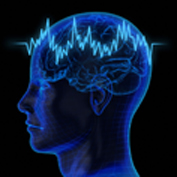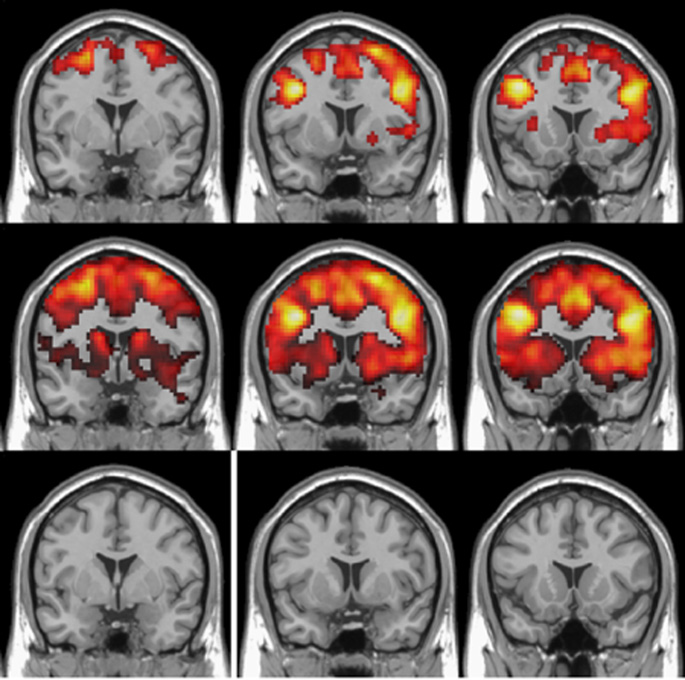
There is growing evidence that disorders such as autism and schizophrenia involve deficits in what is called “multi-sensory processing,” the ability of the brain to properly integrate information coming in through the eyes, ears and other senses.
Now, for the first time, researchers at Vanderbilt University have created a mouse model allowing them to assess behavioral performance under multi-sensory conditions. The researchers showed that mice were more accurate in identifying paired audiovisual stimuli than either auditory or visual stimuli alone.
This finding, reported by graduate student Justin Siemann and colleagues in the Jan. 12 issue of the journal Frontiers in Behavioral Neuroscience, opens the door to genetic and optogenetic manipulation of specific brain circuits involved in multisensory integration.
Optogenetics is the use of light-activated ion channels to control neuronal function with near laser-like precision.
In addition to helping identify the neural bases for multi-sensory disorders, the mouse model should enable researchers to test potential new drug treatments, the researchers said.
The research was conducted in the Multisensory Research Laboratory, led by laboratory director Mark Wallace, Ph.D., professor of Hearing and Speech Sciences, Psychology and Psychiatry. It was supported in part by National Institutes of Health grant MH018921.















